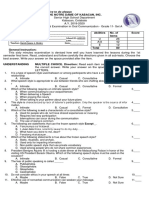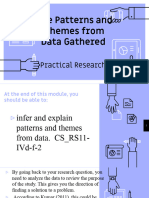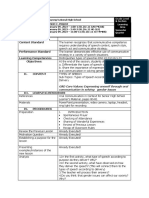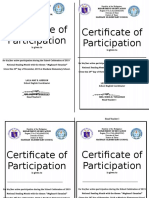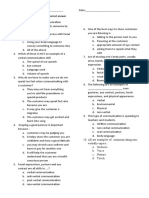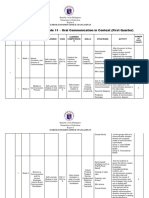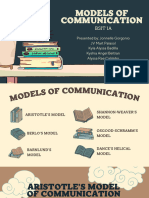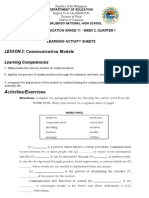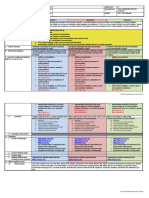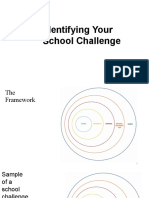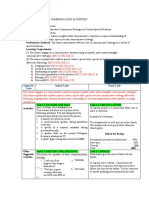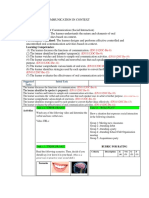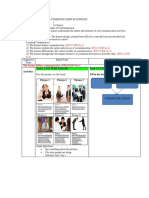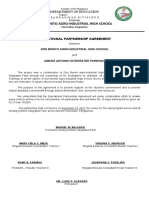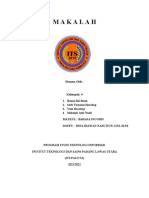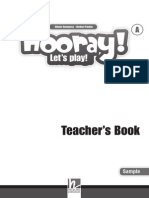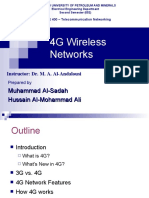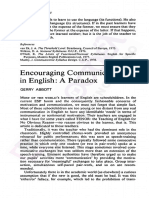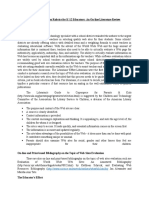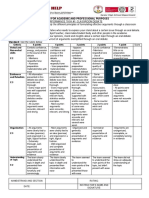0% found this document useful (0 votes)
106 views2 pagesInitial Task Final Task: Suggested Tasks
The document discusses communicative competence strategies in various speech situations involving restriction. It provides learning competencies around engaging in communicative situations using acceptable, polite and meaningful strategies, and explaining how a shift in speech context, style, act or strategy affects language form, duration, relationship, role, message and delivery. Suggested tasks include having learners identify communication strategies, create a restricted skit, and participate in a restricted debate on topics like television and the media's influence. A summative test assesses understanding of turn-taking and includes a dialogue evaluating a late student project.
Uploaded by
Maria Ana PatronCopyright
© © All Rights Reserved
We take content rights seriously. If you suspect this is your content, claim it here.
Available Formats
Download as DOCX, PDF, TXT or read online on Scribd
0% found this document useful (0 votes)
106 views2 pagesInitial Task Final Task: Suggested Tasks
The document discusses communicative competence strategies in various speech situations involving restriction. It provides learning competencies around engaging in communicative situations using acceptable, polite and meaningful strategies, and explaining how a shift in speech context, style, act or strategy affects language form, duration, relationship, role, message and delivery. Suggested tasks include having learners identify communication strategies, create a restricted skit, and participate in a restricted debate on topics like television and the media's influence. A summative test assesses understanding of turn-taking and includes a dialogue evaluating a late student project.
Uploaded by
Maria Ana PatronCopyright
© © All Rights Reserved
We take content rights seriously. If you suspect this is your content, claim it here.
Available Formats
Download as DOCX, PDF, TXT or read online on Scribd
/ 2











